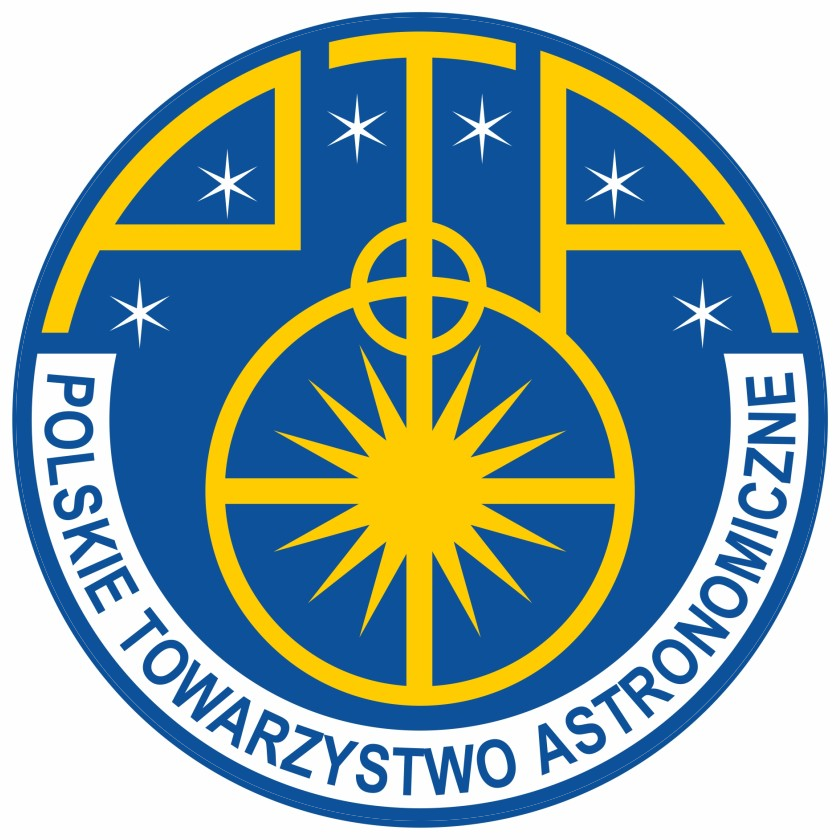Sergen Özdemir
Nicolaus Copernicus Astronomical Center, Polish Academy of Sciences
Session X: Poster session
Thursday 14th September 2023 12:00 – 13:00
abstract:
Multiple ongoing or planned large surveys are generating, or will generate, vast amounts of photometric, astrometric, and spectroscopic data of stars in the Milky Way and neighboring galaxies. To ensure that these data produce accurate and precise results, it is crucial to employ modern data processing tools and analysis techniques. To address this need, we are currently developing a novel spectroscopic analysis pipeline named CHESS (CHEmical Survey analysis System). The main characteristic of CHESS is to implement large-scale differential analyses in conjunction with machine learning techniques. The primary goal of CHESS is to automate the necessary steps involved in extracting high-quality stellar parameters and abundances from large sets of spectra. Accurate measurements of chemical abundances for numerous elements play a pivotal role in Galactic archaeology studies. We have focused our initial tests on reanalyzing high-resolution archival UVES spectra of stars in globular clusters. Our sample contains approximately 800 globular cluster stars observed with UVES at the VLT. CHESS employs a similarity analysis directly on the observed spectra to automatically identify similar stars prior to the spectroscopic analysis. This similarity analysis uses unsupervised machine learning algorithms, including clustering and dimensionality reduction methods. To validate our findings, we cross-match the sample with various catalogs, such as Gaia DR3 and others. This similarity analysis also serves as a consistency check for the atmospheric parameters derived from Gaia. In the case of globular clusters, we also investigate and discuss the presence of abundance correlations among the stars and their effect on the similarity analysis. Furthermore, we assess the consistency of the Gaia DR3 atmospheric parameters for our sample, based on the stars that are considered similar by the pipeline.
